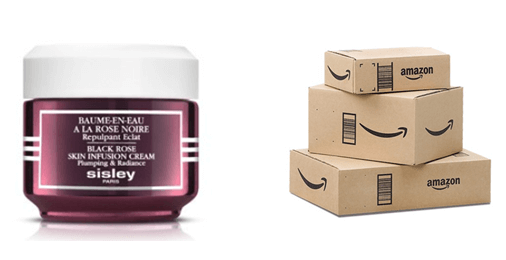
Selective distribution: I (don’t) want it that way
The Court of Milan, in an appeal order rendered in PI proceedings, has provided further guidance on the conditions under which a trade mark owner can prevent third party retailers outside its distribution network from selling goods bearing its trade mark.
Background
In an earlier case, the Court of Milan provided a clear summary on the principles governing the relationship between selective distribution and trade mark protection against third party retailers acting outside the distribution network (see previous BrandWrites article: here).
In particular, the Court considered that the legitimacy of a selective distribution network may be confirmed where the restrictive criteria set down by the trade mark owner in the relevant distribution agreements are: objective, qualitative, non-discriminatory, appropriate and proportionate in relation to the protection of the brand’s commercial image and luxury auraof its products.
In this further order (July 3, 2019, Docket no. 50977/2018), the Court of Milan has specified, with reference to online trading platforms, when the existence of a selective distribution network can be considered to be a “legitimate reason” preventing the application of the principle of exhaustion of the trade mark rights.
The Case
The applicant (and then appellant in the appeal proceedings) was Sisley, a manufacturer of luxury cosmetics sold exclusively through a selective distribution network. Sisley claimed trade mark infringement by Amazon, as many Sisley products were being sold on the Amazon website despite Amazon not being part of Sisley’s selective distribution network.

The Court of Milan considered that the existence of a selective distribution network may constitute a “legitimate reason” excluding trade mark exhaustion, provided that:
- criteria set forth in the selective distribution systems comply with Art. 101 TFUE;
- the product marketed is a luxury or prestige article which justifies the choice to adopt a selective distribution system;
- the unauthorised retailer does not meet the standards which the supplier generally requires from authorised distributors;
- there is a real harm to the luxury or prestige image of the brand as a result of marketing by the unauthorised retailer that does not meet the standards required from authorised distributors.
The Court considered that the first requirement was met. With regard to the second and the third requirement, the Court ascertained that Sisley required its distributors, on a contractual basis, to sell products in luxury perfumeries or specialised perfumery areas of stores, in the presence of qualified sale assistants, and in a high quality standard environment.
In relation to the sales on Amazon, the Court considered the following circumstances:
- the marketing, offering for sale and advertising of Sisley’s products on the same webpage as other brands’ products of a lower quality;
- the juxtaposition with products not belonging to the luxury field, as well as the presence of links to websites concerning completely different products;
- the lack of an adequate customer service, similar to what would be provided in the physical shops by the presence of qualified sale assistants.
In light of these elements, and recognising the objective and non-discriminatory nature of Sisley’s selective distribution system, the Court came to the conclusion that the sale of Sisley’s products on Amazon was detrimental to the image of Sisley’s brand. Therefore, the Court prohibited Amazon from marketing, offering for sale and advertising Sisley’s products in the manner described above.
Conclusion
This case confirms that a trade mark owner can, under certain circumstances, prevent third party retailers outside the distribution network from selling goods bearing its trade mark. In order to do so, the selective distribution system needs to be based on objective, non-discriminatory and proportionate criteria. Moreover, the trade mark owner must show a substantial harm to the luxury or prestige image of its brand by the marketing of its products below the standards imposed within the distribution network.








